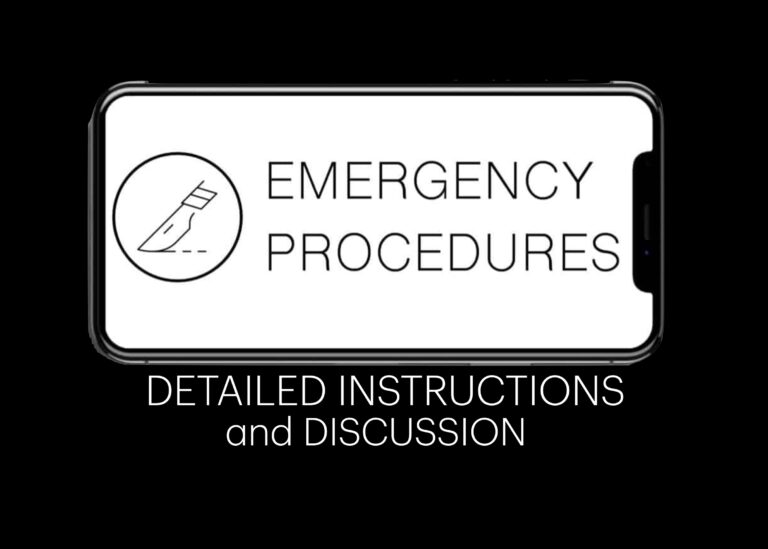
AVPU Responsiveness Scale
Overview of the AVPU scale: a simple, rapid tool to assess level of consciousness. Covers application, clinical utility, and comparison with the Glasgow Coma Scale

Overview of the AVPU scale: a simple, rapid tool to assess level of consciousness. Covers application, clinical utility, and comparison with the Glasgow Coma Scale

Overview of Autonomic Dysreflexia: causes, symptoms, complications, triggers, diagnosis, and management in patients with spinal cord injury.

Emergency procedure, instructions and discussion: Male indwelling catheter (IDC) insertion. Indications, and procedural instructions

Acute Urinary Retention. The most common ED presentation is urinary retention due to prostatomegaly in males.

cavernous sinus thrombosis: causes, complications, clinical features, investigations, imaging, management including antibiotics, anticoagulation, and prognosis

Central catheter-related venous thrombosis is a common cause of upper limb DVT, particularly in patients with underlying malignancy.

Cervical artery dissections (CADs) involve the carotid or vertebral arteries and are a significant cause of stroke in young people. Internal carotid artery dissections are most common

Ramsay Hunt Syndrome: clinical features, differential diagnosis from Bell’s palsy, investigations, management with antivirals and steroids, prognosis.

Margaret Dix (1911–1991), British neuro-otologist who co-developed the Dix–Hallpike test, reshaped diagnosis of vertigo and advanced vestibular science

Overview of Bell’s palsy: causes, clinical features, complications, diagnosis, differential diagnoses, investigations, and management including steroids, eye care, and antivirals

A 54-year-old lady with end stage renal failure (ERSF) presents to the the emergency department with abdominal pain.

Limb ischaemia is generally classified on the basis of its onset and severity, and may be complete, incomplete or irreversible